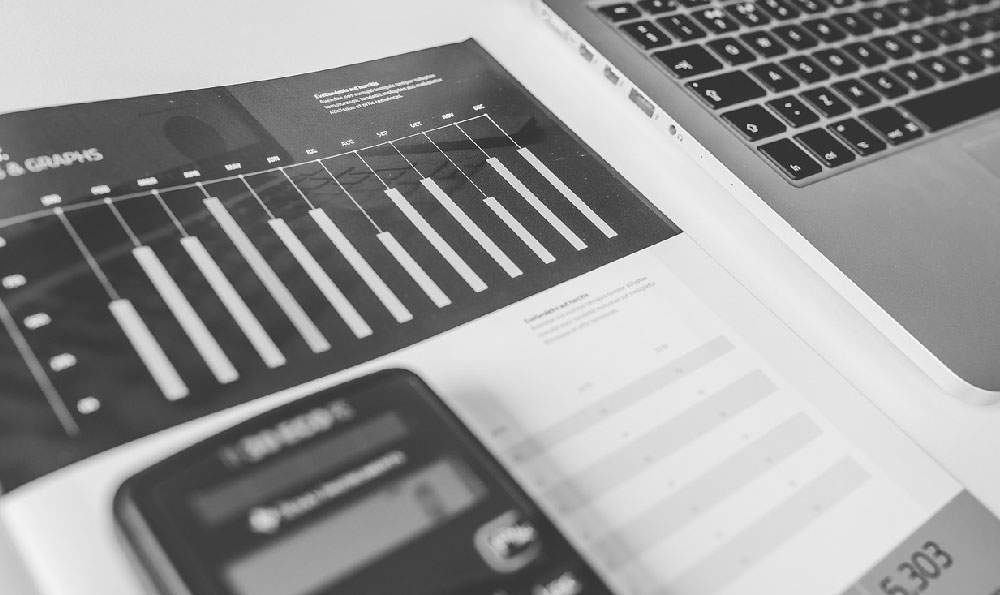Okay, I understand. Here's an article responding to the prompt "Stagflation Investments: What & How?", written to provide detailed advice, avoid point-by-point structures, and aimed for richness of content, adhering to the negative constraints provided.
Stagflation, a dreaded economic scenario characterized by persistent high inflation combined with stagnant economic growth and high unemployment, poses a unique challenge to investors. Traditional investment strategies often falter in this environment, necessitating a shift towards assets that can preserve and even grow capital amidst the turmoil. Understanding what stagflation is, its potential impact, and how to strategically allocate investments is crucial for navigating these turbulent waters.
The root of stagflation lies in a confluence of factors, often a supply-side shock combined with misguided monetary policy. Imagine a sharp increase in oil prices (a supply shock) coupled with a central bank's reluctance to raise interest rates aggressively to combat the resulting inflation (a monetary policy misstep). This combination can stifle economic output as businesses struggle with rising costs, leading to job losses and reduced consumer spending. Simultaneously, the inflationary pressures persist, eroding purchasing power and further dampening economic activity. This toxic mix makes stagflation particularly difficult to resolve.

The impact on traditional investments can be severe. Equities, often reliant on robust economic growth, tend to underperform as corporate earnings suffer. Bonds, typically seen as safe havens, can lose value as inflation erodes their real returns, and rising interest rates to combat inflation push bond prices down. Even real estate, often considered an inflation hedge, can be negatively impacted by the combination of high interest rates (making mortgages more expensive) and economic stagnation (reducing demand for housing).
So, what investment strategies can help weather the stagflation storm? The answer lies in identifying assets that are either less correlated with the overall economy or that directly benefit from inflationary pressures.
Commodities often emerge as a favored asset class during stagflation. These raw materials, essential for production, tend to rise in price as inflation accelerates. Energy commodities, like oil and natural gas, are particularly relevant given their potential role in triggering stagflation in the first place. Precious metals, especially gold, have historically served as a safe haven during periods of economic uncertainty and inflation. Their limited supply and perceived store of value make them attractive to investors seeking to protect their capital. Agricultural commodities, such as wheat, corn, and soybeans, can also benefit from inflationary pressures and supply disruptions. Investing in commodities can be achieved through direct ownership (though this comes with storage and logistical challenges), futures contracts (which are highly leveraged and require careful management), or exchange-traded funds (ETFs) that track commodity indices.
Another potential avenue is investing in companies that possess strong pricing power. These are businesses that can pass on rising costs to consumers without significantly impacting demand for their products or services. Companies in sectors like consumer staples (food, beverages, household products) and healthcare often exhibit this characteristic. Their products are essential, and consumers are generally less price-sensitive, allowing these companies to maintain profitability even in an inflationary environment. Identifying companies with strong brand loyalty and limited competition is crucial for success in this strategy.
Inflation-protected securities, such as Treasury Inflation-Protected Securities (TIPS) in the United States, offer a direct hedge against inflation. These bonds are indexed to inflation, meaning their principal value increases as the Consumer Price Index (CPI) rises. While their real returns may be modest, they provide a valuable layer of protection against the erosive effects of inflation. Other countries offer similar inflation-linked bonds.
Real assets, beyond commodities, can also provide some protection. Infrastructure investments, such as utilities, pipelines, and toll roads, often have contracts that allow them to adjust prices in line with inflation. These assets tend to be relatively stable and provide a consistent stream of income.
Another consideration is to hold a higher level of cash than usual. While cash loses purchasing power during inflation, it provides optionality. It allows investors to take advantage of opportunities that may arise as markets become more volatile and asset prices decline. Furthermore, it can be used to reinvest in assets that become undervalued during the stagflationary period.
Active management becomes particularly important during stagflation. A passive, buy-and-hold approach may not be sufficient to navigate the complexities of this economic environment. Active managers can adapt their portfolios more quickly to changing market conditions, identify undervalued assets, and manage risk more effectively. Look for managers with a proven track record of navigating challenging economic environments.
Diversification remains a cornerstone of any sound investment strategy, and this is especially true during stagflation. Diversifying across asset classes, geographies, and investment styles can help to mitigate risk and improve overall portfolio performance. Avoid putting all your eggs in one basket.
Finally, it's crucial to remember that stagflation is a complex and uncertain environment. There is no guaranteed formula for success. Monitor economic indicators closely, stay informed about market developments, and be prepared to adjust your investment strategy as needed. Consulting with a qualified financial advisor can provide valuable guidance and help you to develop a personalized investment plan that aligns with your individual circumstances and risk tolerance. While daunting, stagflation can be navigated with careful planning and a strategic approach. The key is to understand the unique challenges it presents and to adapt your investment strategy accordingly. The goal is not necessarily to make substantial gains, but rather to preserve capital and position yourself for future growth opportunities when the economic climate improves.












